Why Use Reverb with Electric Violin?
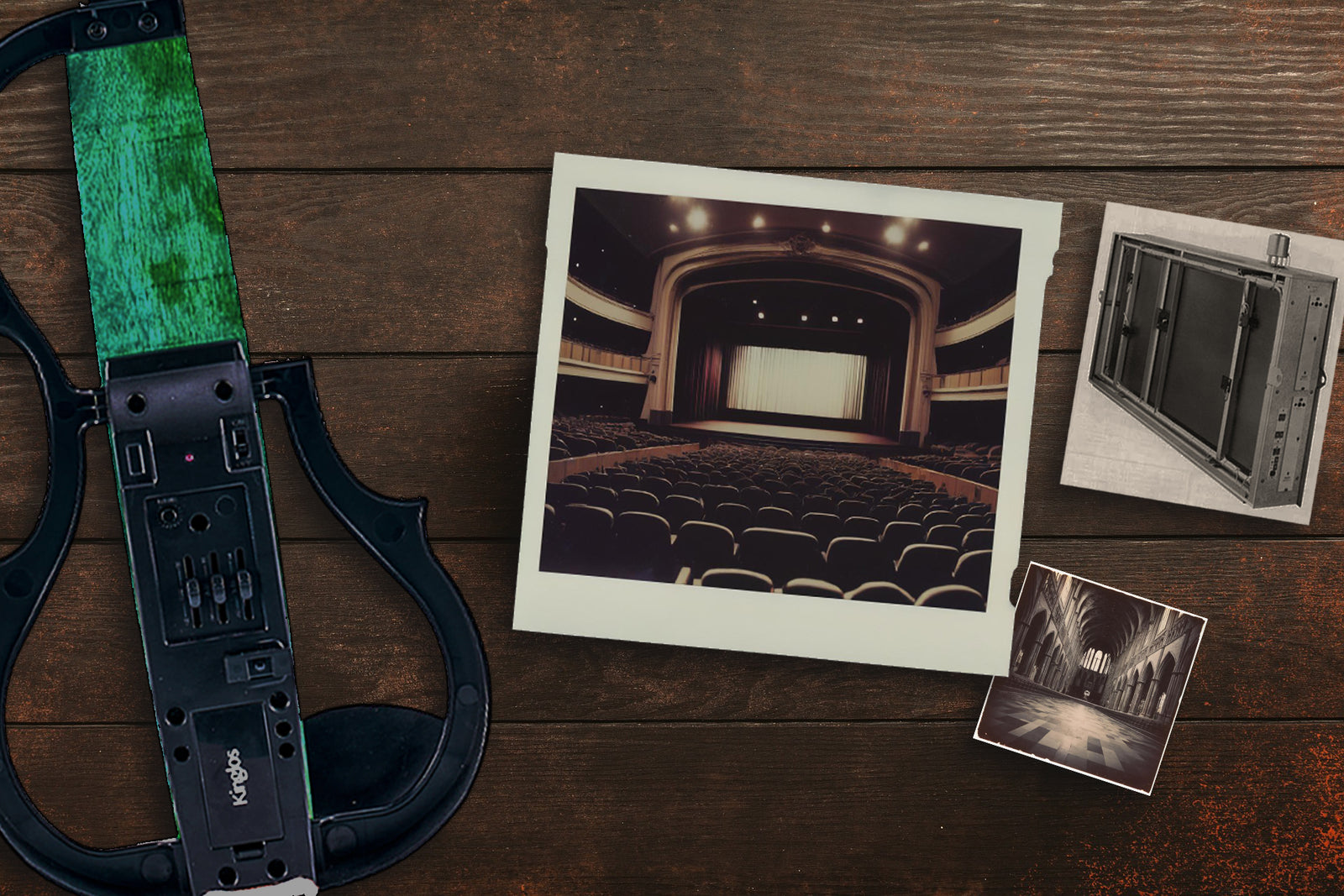
Electric violins stand out from their acoustic counterparts for easier connection to an array of effects, among which the reverb tops the list of favorites.
But what is reverb, and why should all electric violinists have it in their arsenal? In this article, let's explore how reverb helps your electric violin sound more natural, spacious, and distinctive. In the end, we'll present a video to showcase some common reverb effects in action.
Reverb is an audio effect that simulates the natural echo of a sound after it's made in a space. Have you ever noticed how singing in a hall, church or stairwell seems to amplify and enrich your sound? That's because of the reverberation. Likewise, reverb also adds dimension and depth to your electric violin.
Making Your Electric Violin Sound More Natural - Room Reverb
Unlike their acoustic counterparts, many popular electric violin models don't have a sound box, which used to be a critical component for amplifying the strings' natural vibrations. So an electric violin may produce a sound that's too direct and sterile, lacking the warmth and ambiance you'd expect from an acoustic. Even for those with a sound box, the electric pickup may not properly capture the vibration. This is exactly where a room reverb can help.
Room reverb is designed to mimic the way sound bounces off the walls and surfaces of a small, enclosed space. When you play the violin in such a space, the sound doesn't just come directly to your ears - it also hits the walls and comes back to you with a slight delay. Because it mostly happens within 0.1 seconds, it feels like added layers to the original sound, making your violin sound richer and fuller, creating an illusion of vibration that is only present on an acoustic.

Therefore, for electric violinists in particular, room reverb can be essential, as people oftentimes do expect a natural tone out of you. It wouldn't be the case if you were playing an electric guitar.
It is worth noting that a proper room reverb won't sound predominant. The ordinary audience wouldn't be able to realize it, but they would fall for the illusion of the natural-sounding tone.
Polishing Your Electric Violin Sound - Plate Reverb
Plate reverb takes what is good about reverb, without simulating an ordinary room/space. It brightens and smoothifies the sound, and is conventionally used on all types of instruments. For electric violins in particular, plate reverb thickens its sound, with stronger punctuation, more details, and more sustain. Usually, adding a little bit of plate reverb in your mix is enough to make your electric violin sound more present and flavored.

Making Your Electric Violin Sound Epic - Hall Reverb
Plate & room reverbs enrich your sound, while hall reverb broadens it. Hall reverb matches most people's perception of the reverb because we hear it all the time. For example, you often hear very strong echoes in a stairwell. That's because of the distant reverberation off the walls, floors, and ceilings. Designed to simulate much larger rooms, hall reverb sounds wet and strong.
We call hall reverb the "make-yourself-feel-good" reverb, as you will have a good time using it when practicing and mixing, thinking how wonderful your performance sounds to your ears.

However, this reverb is often over-used. Unlike the other 2 reverb types, which work on the original instrument sound, people use too much hall reverb without realizing it. The problem can occur in live sessions, where you may already be in a hall. Layering hall reverb on top of the natural echoes of a concert hall can turn the sound into a confusing cacophony, and the audience will lose you.
Therefore, unless it is part of the music, please only use a barely noticeable amount of hall reverb in live gigs, or don't use it at all.
Trying Different Reverbs on Electric Violin
It can't be easier to find tutorials on reverb, but we believe this article has given you a dedicated electric violin perspective. Now, are you captivated by the power of the reverb? Before jumping into the world of pedals (which could be even more overwhelming for beginners), you may want to go through another article where we teach you how to try effects for FREE. You are only 5 easy steps away from hearing your own performance with any effects!








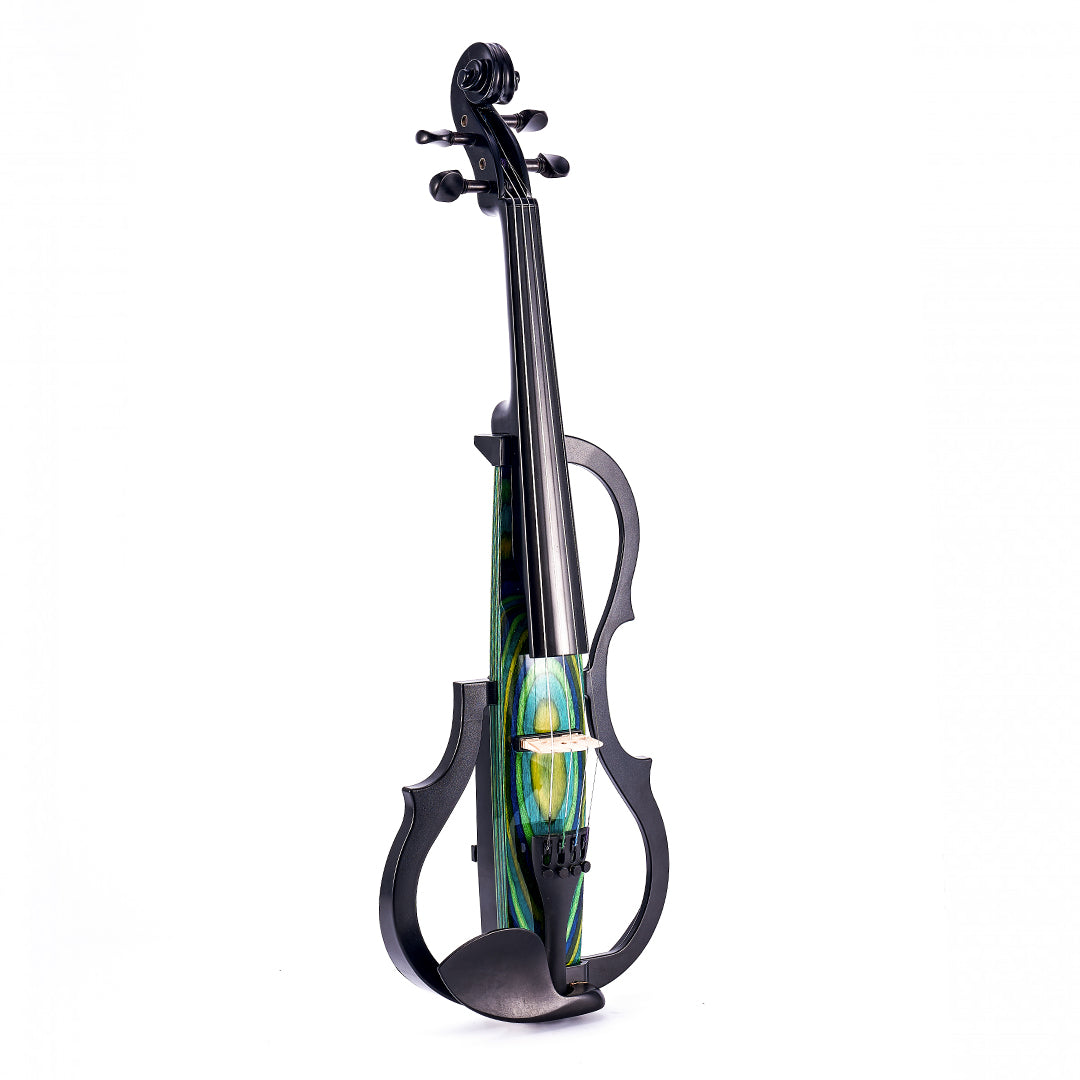
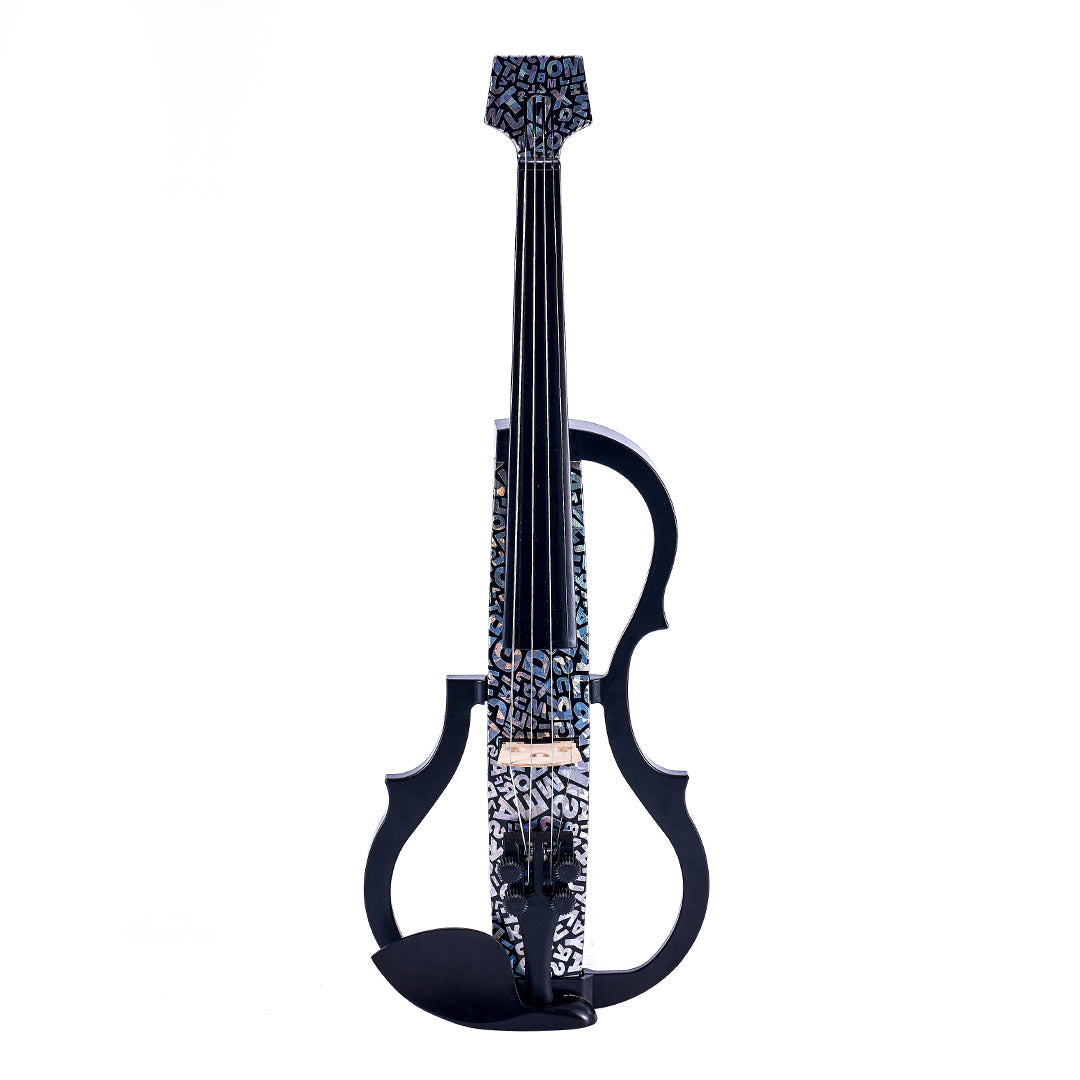


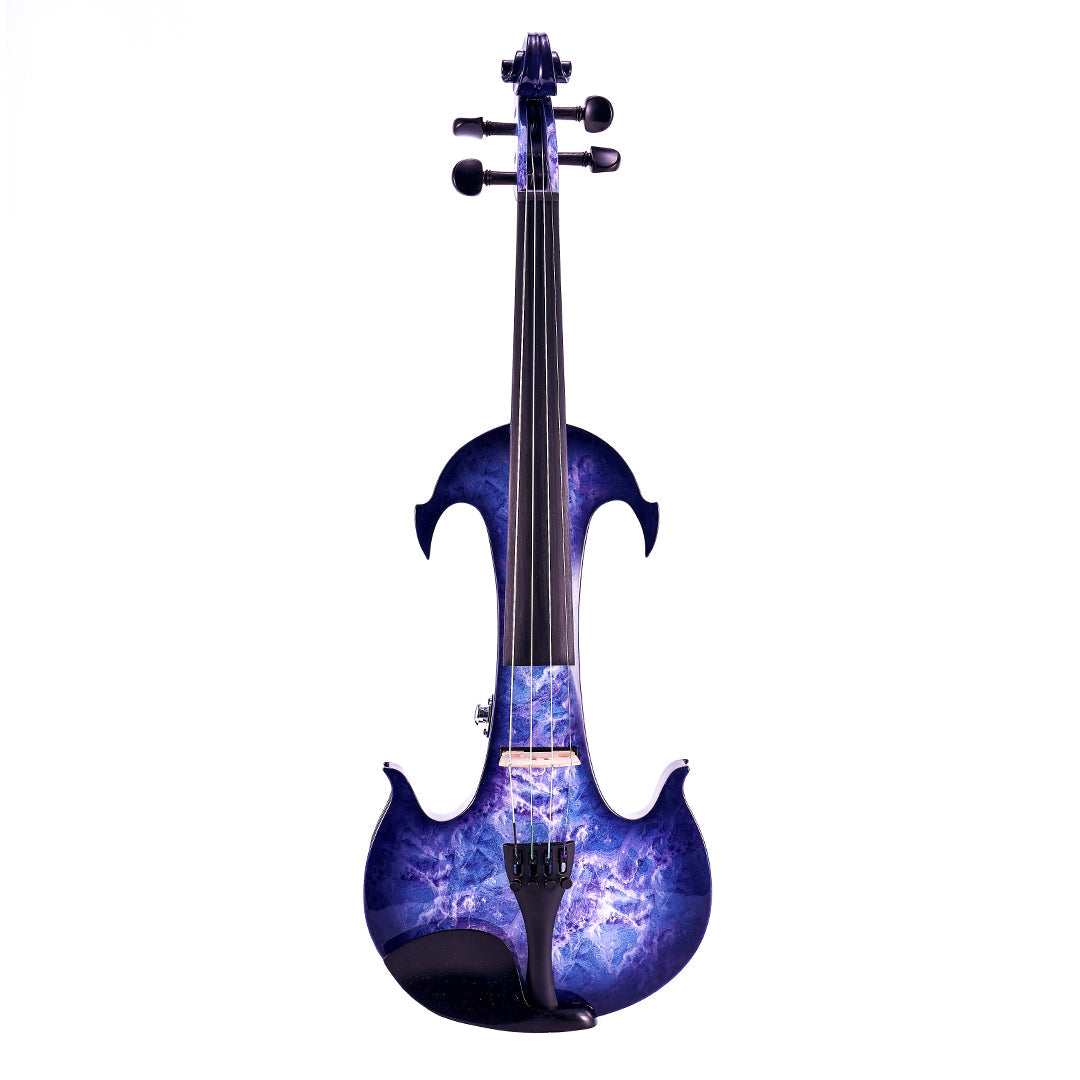
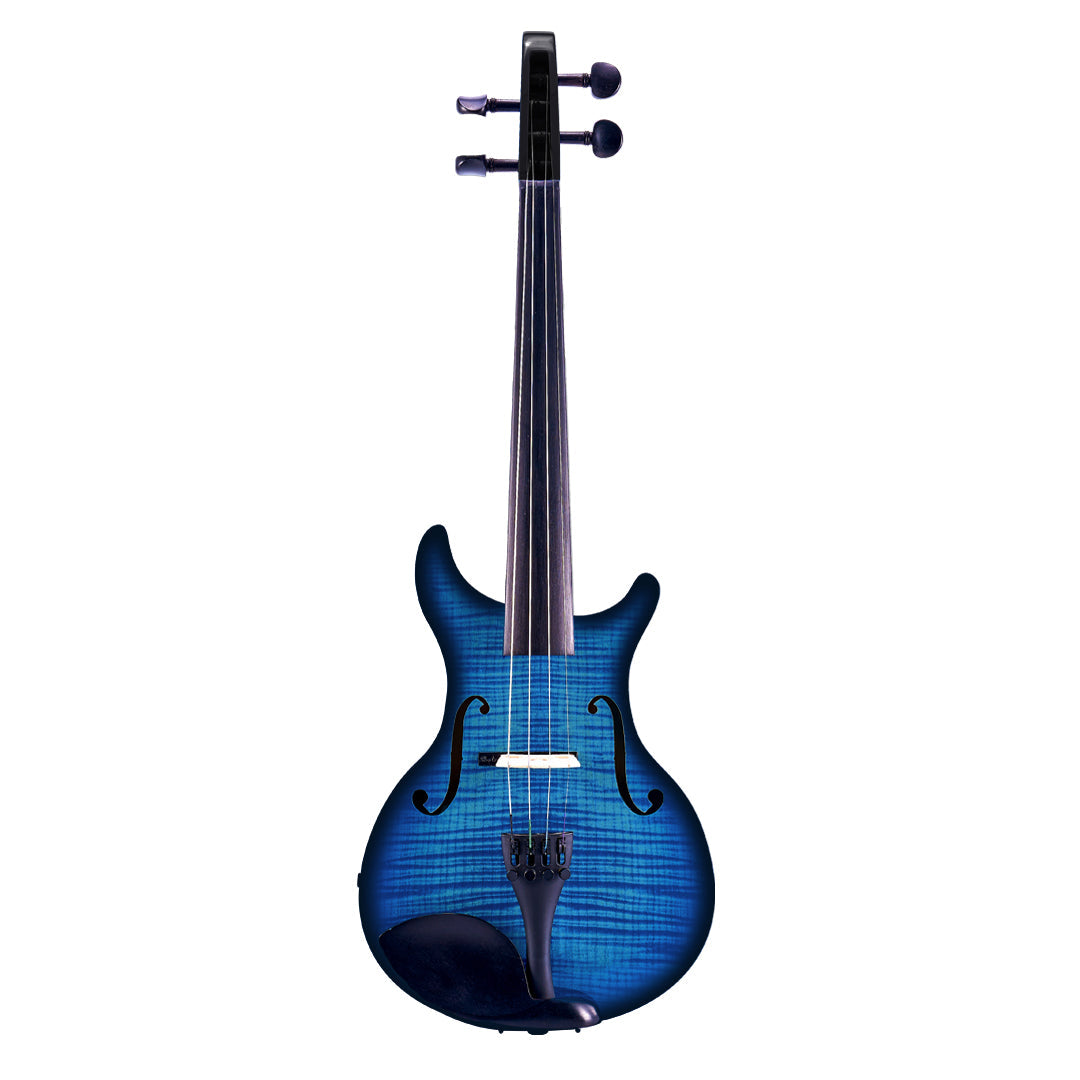
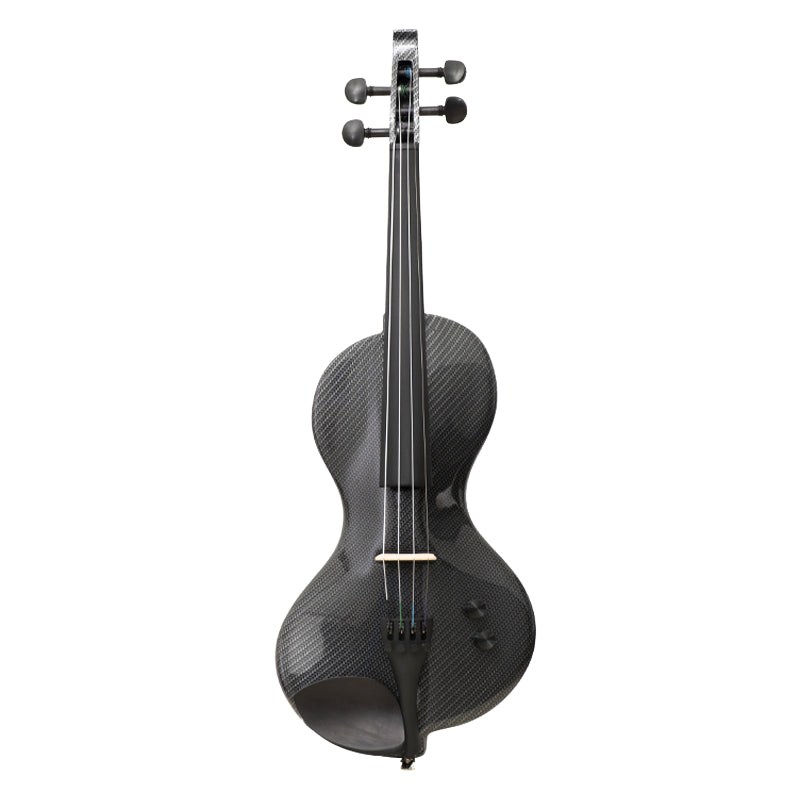
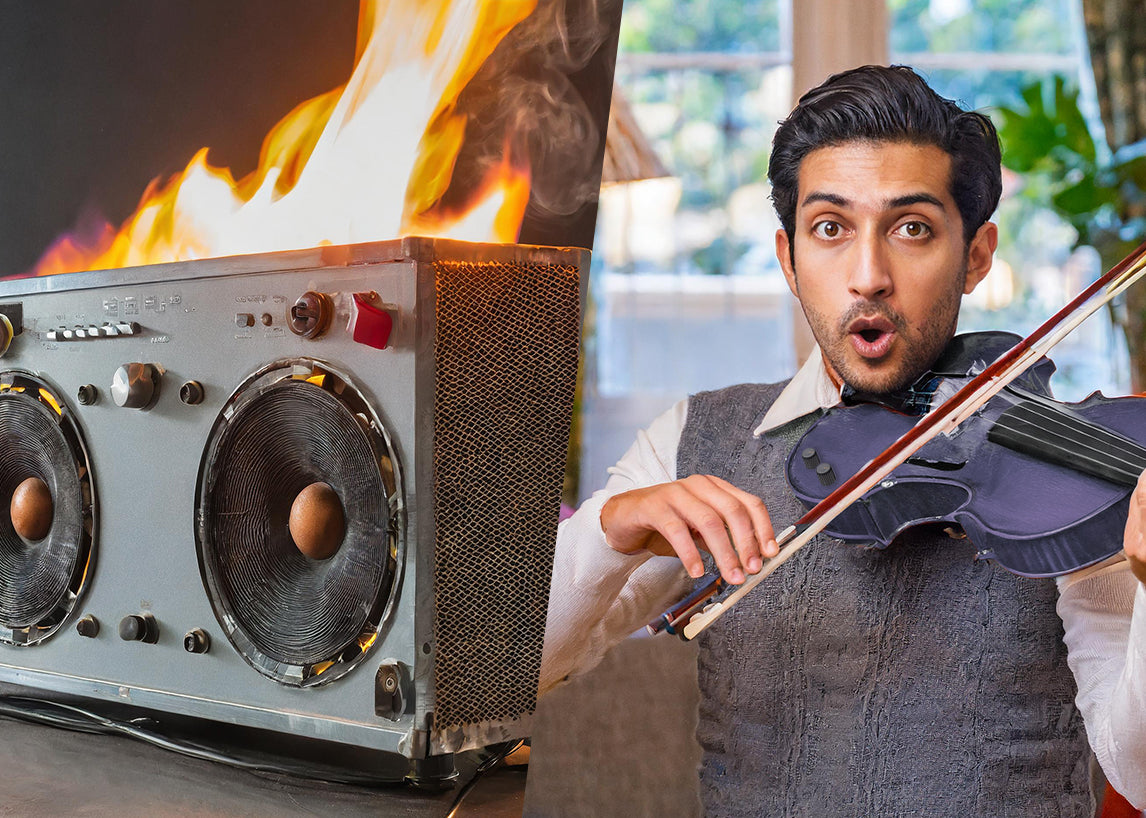
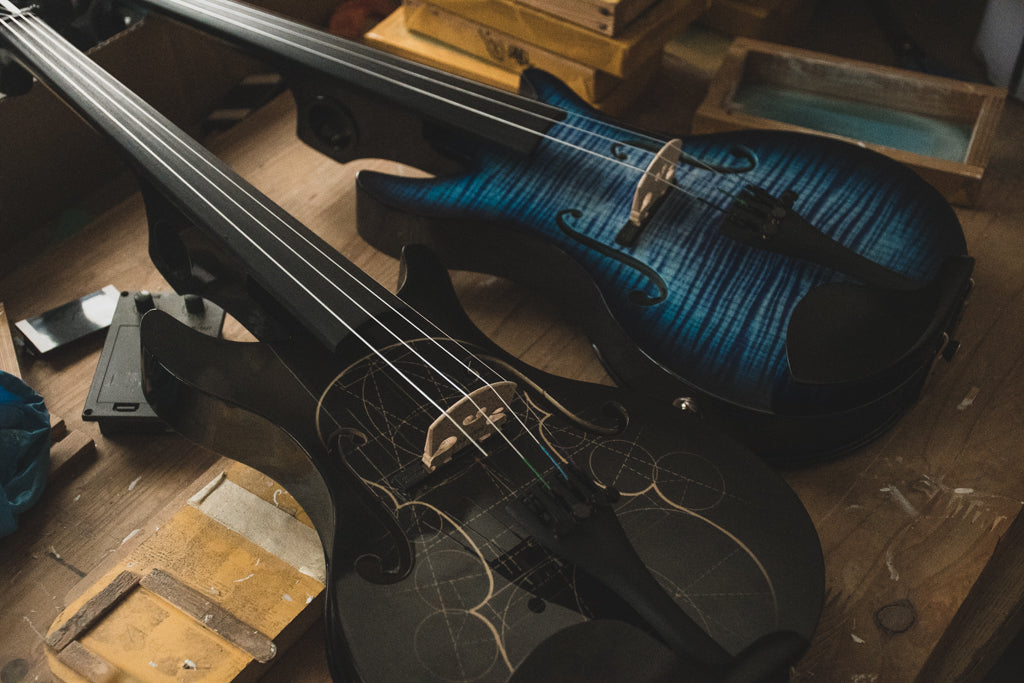
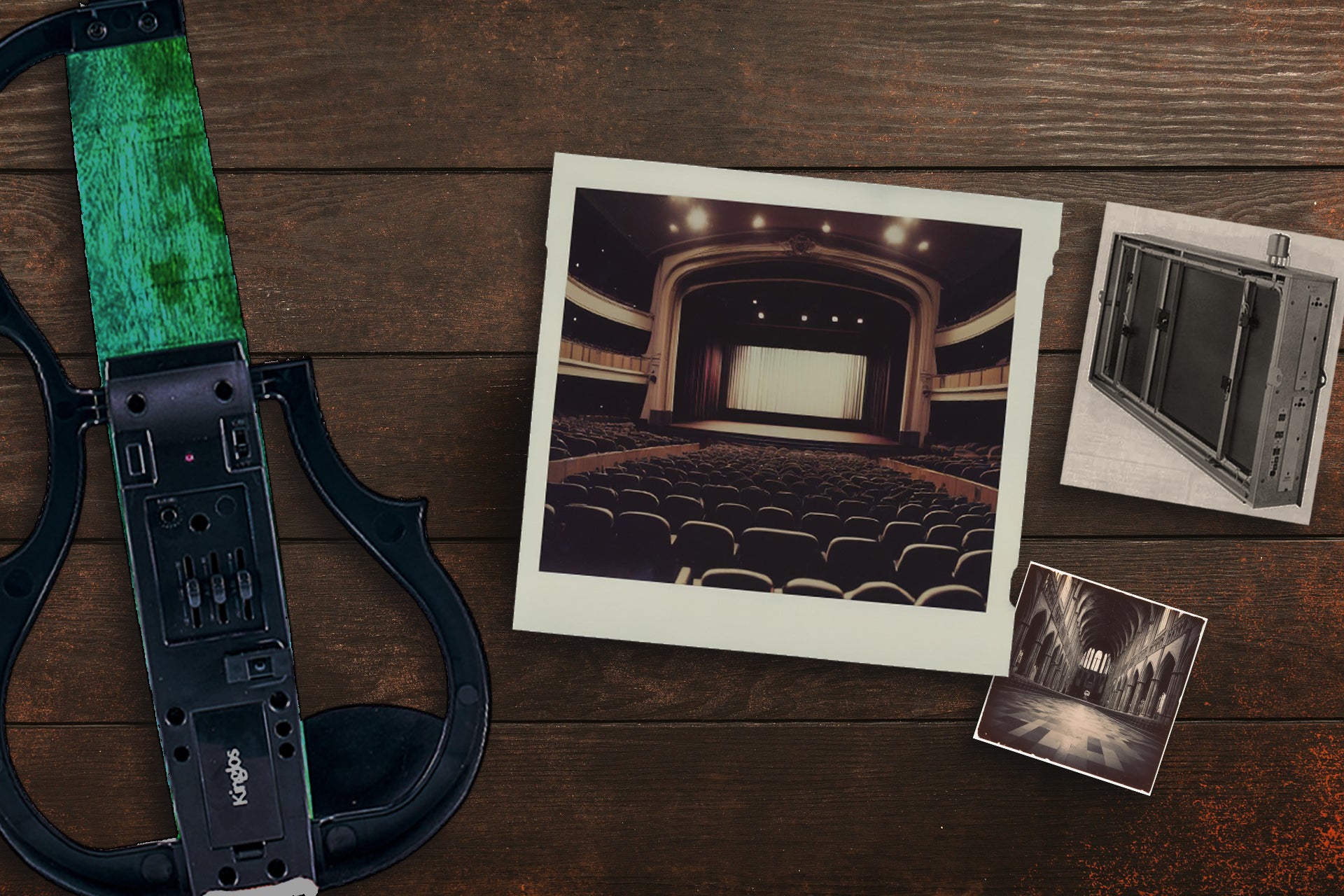
Leave a comment